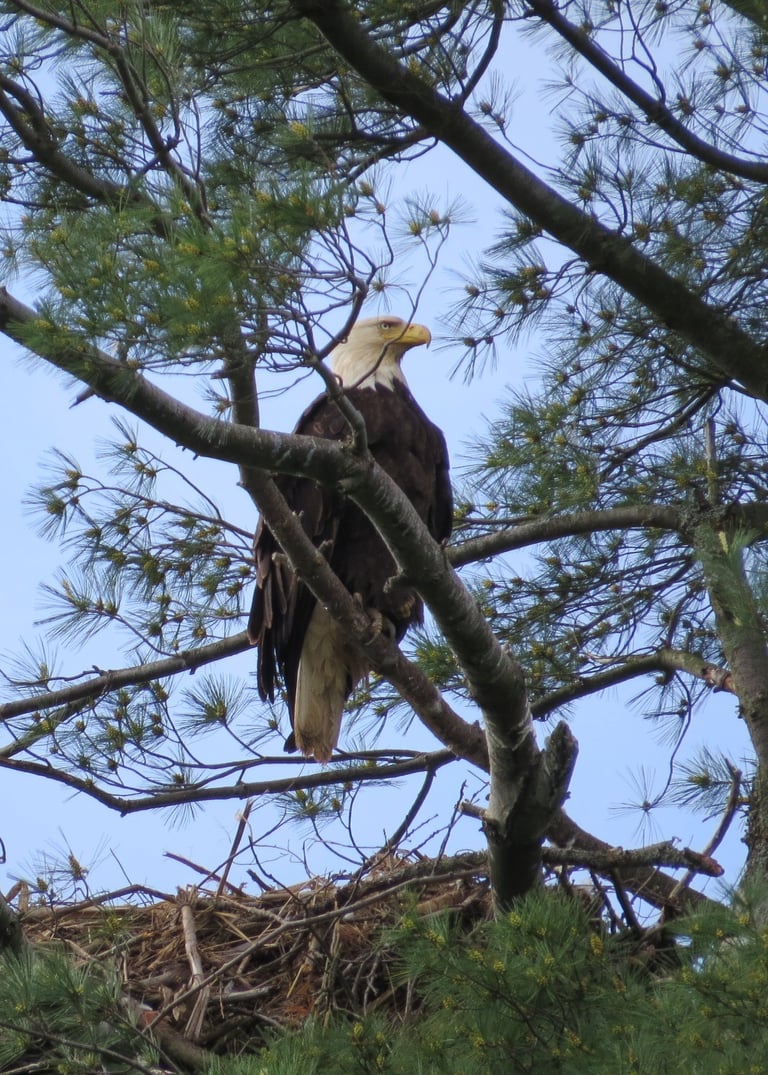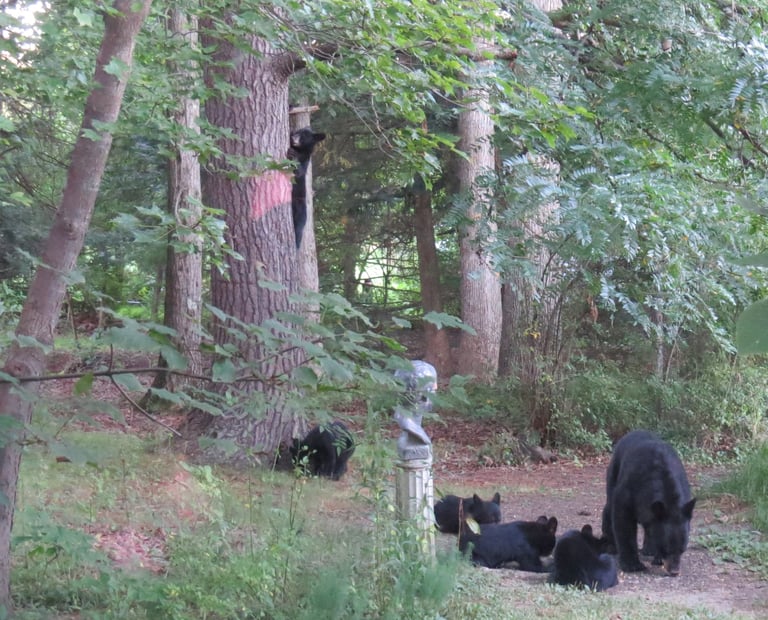





The Importance of Biodiversity
Biodiversity refers to the total variety of life on Earth, or the total variety of life in a given area.
The biodiversity of New York includes all the different species of animals, plants, fungi, and even microorganisms and bacteria living in the state. No one knows the total number of species in New York. There are tens of thousands of species of plants and animals alone (including 4,000 beetles), and more species are being discovered every day. The biodiversity of New York also includes genetic differences among individuals of the same species. Additionally, it includes communities of plants and animals that occur together.
Conserving as many plants and animals as possible is important for the benefit of humans and of other species. Individual species help meet our basic needs; for example:
Animals and plants provide food and materials for clothing, shelter, and fuel.
Insects pollinate crops and control agricultural pests.
Plants produce the oxygen we breathe, and are the source for many medicines.
Microorganisms decompose waste products and recycle nutrients.
Each species is a unique part of our natural world and cannot be replaced if lost. We rely on biodiversity for enjoyment, recreation, and spiritual fulfillment.
Threats to Biodiversity
Today, the most significant threats to New York's biodiversity include:
habitat destruction, alteration and fragmentation;
the spread of invasive species;
pollution;
illegal collection; and
climate change.
Sustaining New York's Animals, Plants and Ecosystems
In New York State, what Species are of Greatest Conservation Need?
Generally speaking, Species of Greatest Conservation Need (SGCN) are species native to and extant in New York that are currently experiencing threats likely to result in further decline of their populations in the state if conservation actions are not implemented within the next 10 years. To help DEC and partners direct funding, time, and other resources in conducting research, monitoring, or management activities, some SGCN are identified as High Priority SGCN (HPSGCN). The criteria found in the link below are applied to species being considered for inclusion in New York’s 2025 SWAP
.State Wildlife Action Plan (SWAP) - NYSDEC
Photo above, Black Bear mother with her FIVE cubs in Conklin, NY and photo left, majestic American Bald Eagle guarding the nest near Bainbridge, NY
The Broome County Soil & Water Conservation District is the lead agency for nonpoint source pollution abatement, municipal stormwater assistance, technical planning and grant writing for natural resource issues, and the design and implementation of agricultural Best Management Practices in the County. Property owners may receive technical information as it pertains to soil, water and other natural resource issues on their property. For detailed information, please go to:
Broome County SWCD - Home Page


